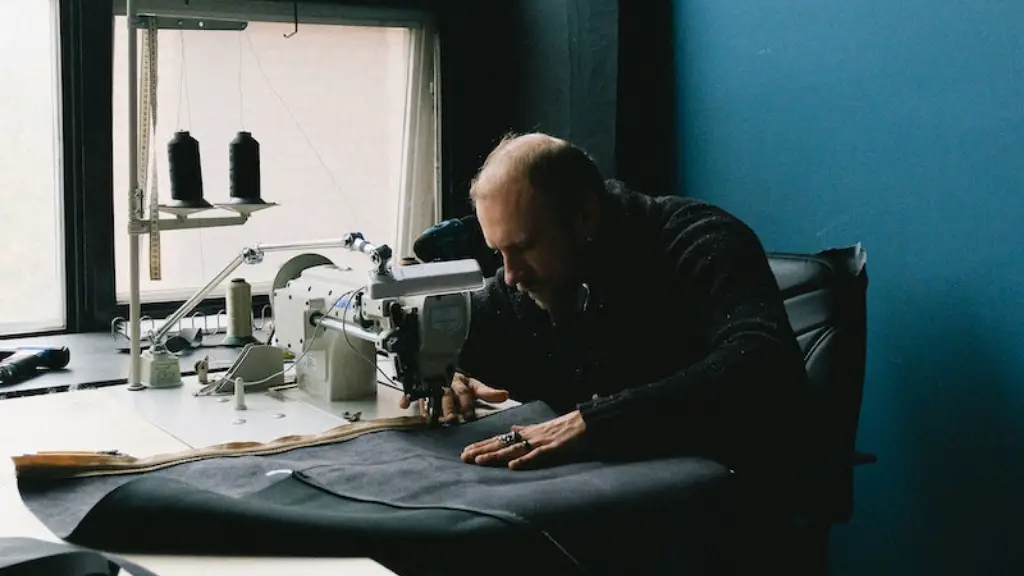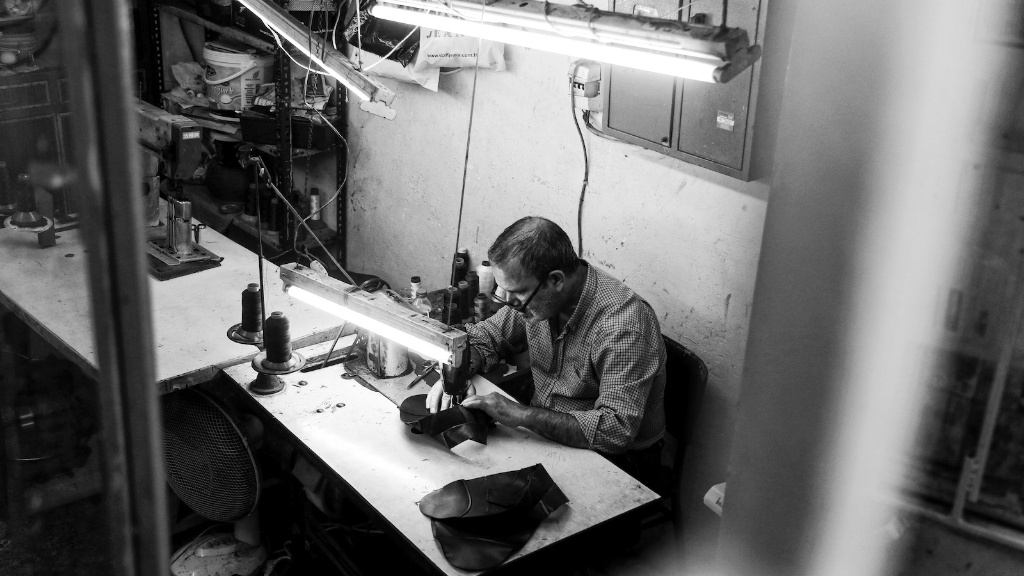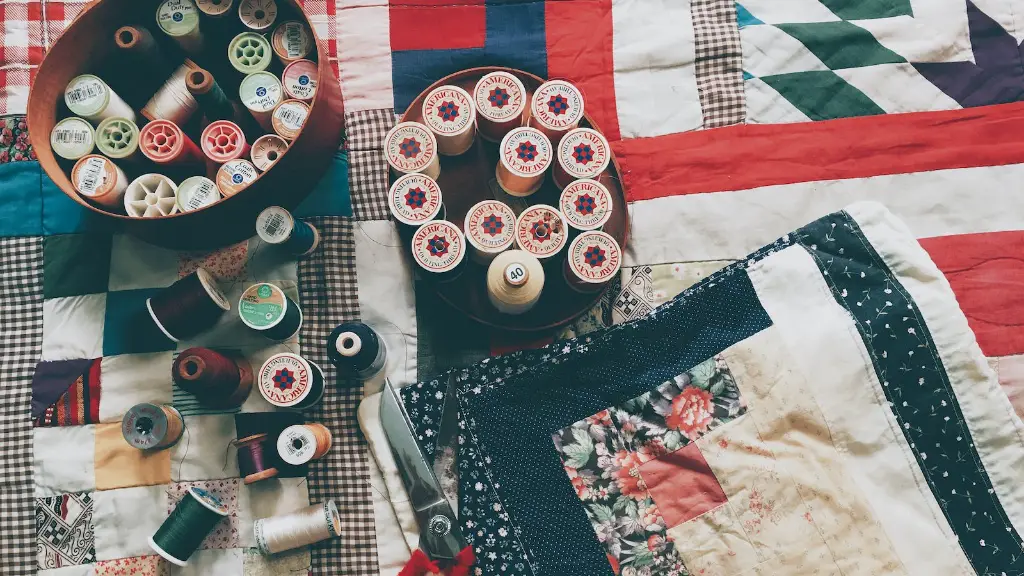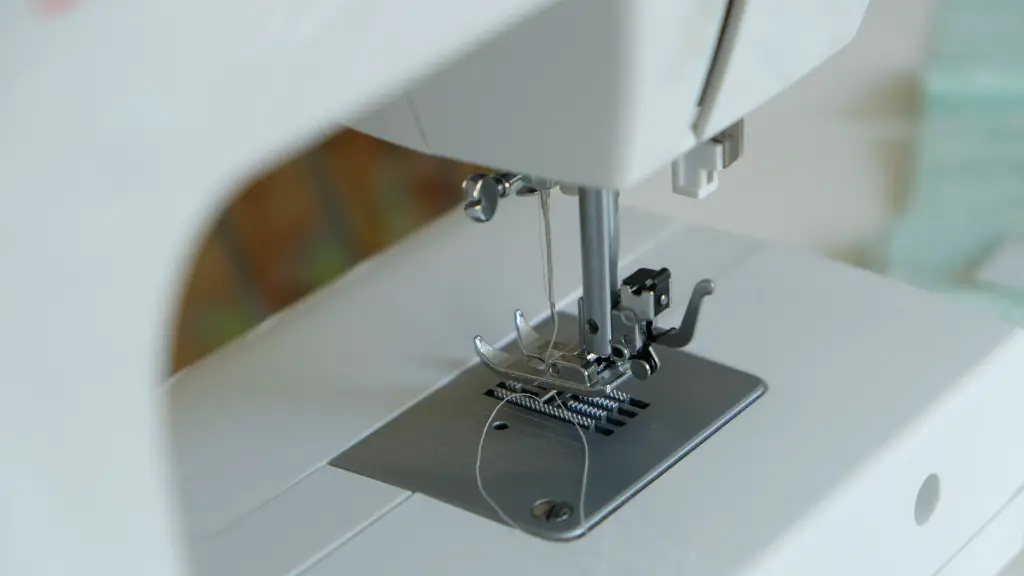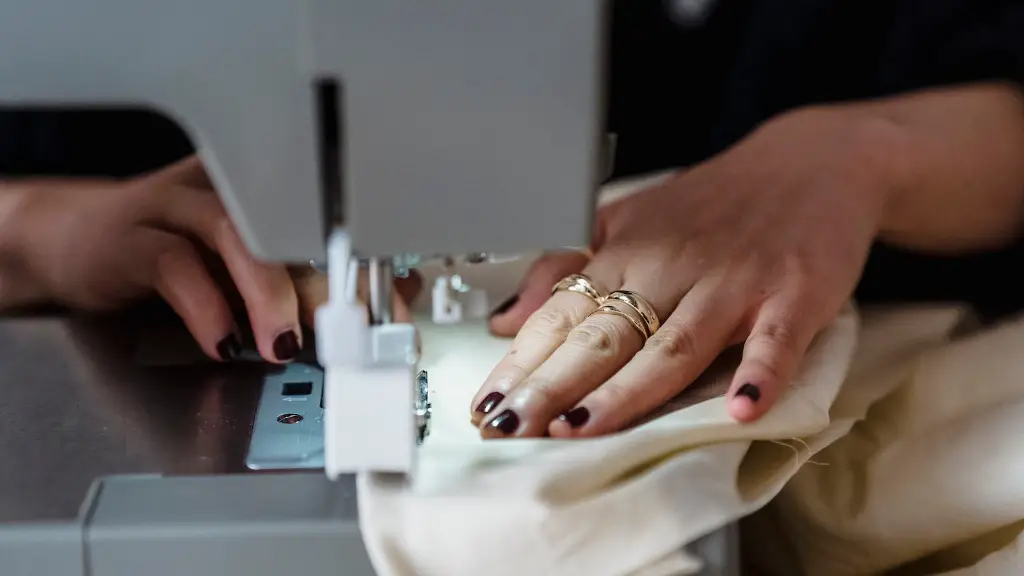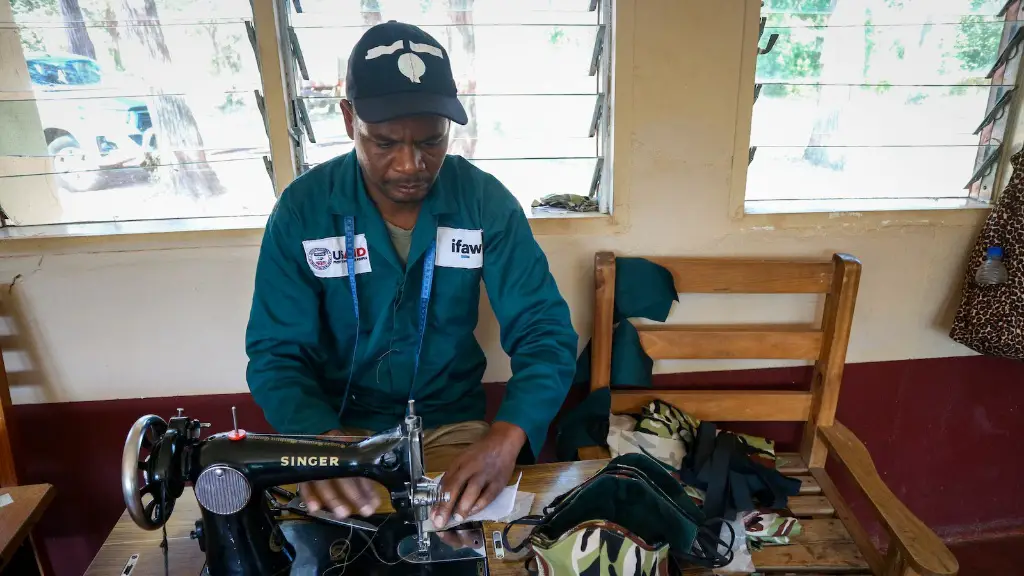Whether you own an old or new brother sewing machine, it requires routine maintenance to stay in perfect running condition. Knowing how to service a brother sewing machine properly is essential for the longevity and optimal function of the device.
First, one has to familiarize oneself with the machine’s manual. Different models may require different procedures, and the owner’s manual provides step-by-step instructions specific to the machine’s model. Additionally, the manual informs users of any preventive maintenance they can do to help their machine last longer and run smoother.
The next step is to oil the machine. Sewing experts recommend using clear, non-synthetic machine oil for the job. This type of oil does not gunk up the machine, and it does not leave a residue in the fabric. It is a good idea to check the manual to determine the specific type of oil used for the machine.
When oiling a brother sewing machine, it is important to make sure to lubricate all the proper areas. It is vital to oil the shuttle race and bobbin area, the tension discs, needle bar, stitch formation discs, and the machine gears. One should also remember to oil the shuttle hook and the underside of the feed dog.
In addition to oiling, cleaning is also necessary. Using a damp cloth and gentle detergent, thoroughly clean the exterior of the machine. Make sure to get into any little nook and cranny as well. Once it has been wiped down, use a dry cloth to remove any moisture that can cause rust.
After lubricating and cleaning, the final step is to check the tensions. To do so, put the bobbin case in its correct position, and then install a new bobbin. With a new piece of fabric and thread, simply check the stitches. This will give a good indication of the current tension of the machine. If it needs adjustment, make sure to refer to the user guide of the machine.
Upholstery
When it comes to sewing machines, upholstery is a tricky but rewarding task for confident sewer. Brother sewing machines are designed to handle thick, dense fabrics like leather, suede, and canvas. However, it requires the right foot and needle to help the process. Special upholstery needles and feet work best, as they are designed to provide added traction and support.
When working with these types of fabrics, the needle thread takes quite a beating. So to get perfect stitches and to ensure a long-lasting thread, it is best to use an extra-strong polyester thread like Coats & Clark Dual Duty XP. Using this type of thread avoids the hassle of continuously re-threading or an uneven tension.
Moreover, it is important to remember to use the correct type of stitch for the upholstery project. It is a good idea to choose the thickest stitch available for the project. The thicker stitch helps hold the fabric together securely, thus providing a more durable end product.
Quilting
Quilting is one of the best ways to put a brother sewing machine to good use. Quilting requires an adjustable speed system and a walking foot as these help keep the fabric in place. The walking foot allows the fabric to glide along the bed without bunching or shifting as the needle sews.
Depending on the difficulty of the quilt, opting for a rotary cutter over a standard pair of scissors can help make the pre-cutting measures much easier. Additionally, the rotary cutter can considerably reduce the prep-time of the project. Of course, the rotary cutter should be replaced with a pair scissors when handling miniatures like doll-sized quilt pieces.
Besides, sewing experts highly advise investing in a quilting ruler. This is important as it helps one draw a straight line with greater accuracy while chopping the fabric. Utilizing a quilting ruler is an efficient way to ensure the accuracy of the quilt pattern.
Finally, it is important to remember to keep an appropriate tension for the project. When it comes to quilting, too much tension may lead to a puckered quilt and too little tension may make the stitches loose. Therefore, it is important to find the right balance of tension that works with the fabric type and quilting style.
Free Motion Sewing
Free motion sewing is a unique technique used to make a variety of projects, from zig zag stitches to decorations. To sew these patterns, the machine’s presser foot must be removed and exchanged for a darning or free motion foot. A free motion foot allows for the fabric to move freely, so as the fabric is maneuvered, the needle follows.
When practicing free motion sewing, it is essential to keep an even tension. If the tension is too loose, the stitch density will be severely impacted, and if it is too tight, the fabric will not have enough flexibility to move. Contrary to regular stitching, when it comes to free stitching the needle thread should be the same color as the fabric being used.
Moreover, when sewing on a brother sewing machine, it is best to opt for a micro-tex or fine ballpoint needle, depending on the fabric being used. A pointy or sharp needle works best on imitation leather or fleece, while a slightly rounded tip is better suited for other fabrics such as knit or jersey.
At the same time, it is important to make sure the needle is not too small. If the needle is too small, it may break during the free motion sewing thus creating an undesired effect. Compensating for the tension and changing the size of the needle helps to avoid any sewing issues.
Embroidery
Embroidery has been a popular past time for centuries, and it is a great way to add a unique style to clothes, bags, and other fabrics. If you have a brother sewing machine with this special feature, understanding the embroidery basics is essential.
First of all, use the correct thread for your machine. Quality embroidery threads are designed to be strong and durable, so make sure to get a high-quality thread to get the best results. Selecting suitable embroidery needles is also equally important, as the right needle can make or break a project.
Moreover, when setting up the fabric and hoop it is important to use the right stabilizer. Stabilizers come in many forms and each type works best with different fabrics. It is a good idea to test out different types before settling on the perfect stabilizer for the project.
Furthermore, when embroidering on a brother sewing machine, it is best to opt for an open-toe embroidery foot. This foot helps the user to have better visibility of the embroidery pattern. Lastly, being aware of the stitch count also helps one to spot mistakes quickly, thus reducing the amount of time spent and frustration caused.
Maintenance
Apart from dusting and lubricating regularly, using a compressed air can to blow out dust and lint from the machine is essential. A brother sewing machine’s inner mechanisms, if not enough cleaned, can get clogged with dust. As a result, it may not let the fabric feed evenly causing uneven stitches.
Also, avoid using too much oil as it could seep into other components and create a build-up of grime. Moreover, too much oil may also cause the parts to wear out quickly. Additionally, it is wise to keep all accessories and parts in an organized place. This helps to ensure they are in perfect condition whenever they are needed.
lastly, although machines like the brother sewing machine are highly dependable, it is always a good idea to get it serviced by a professional. As experts are aware of the current trends in technology, they know exactly what needs to be checked and what areas require repair. Furthermore, getting regular servicing prevents any major problems from arising.
